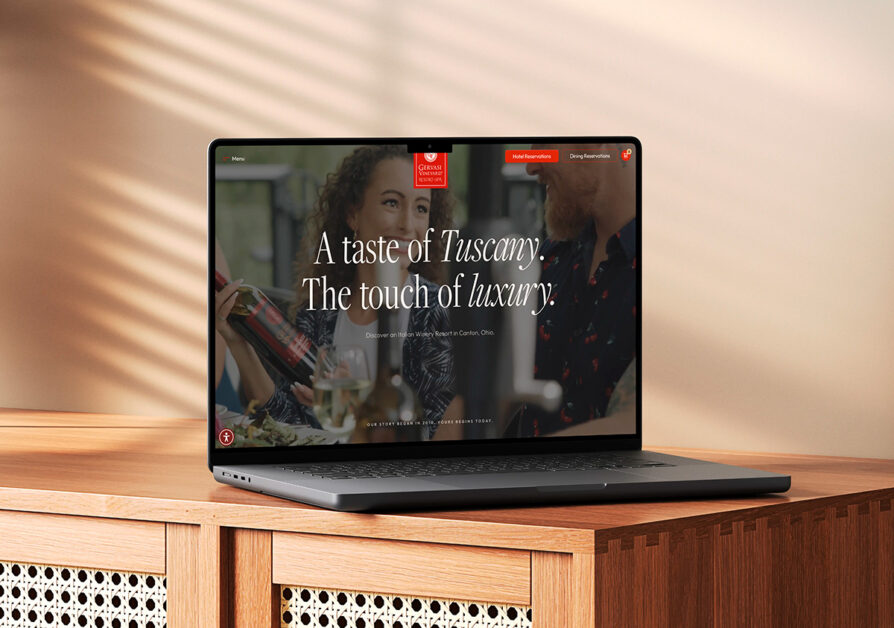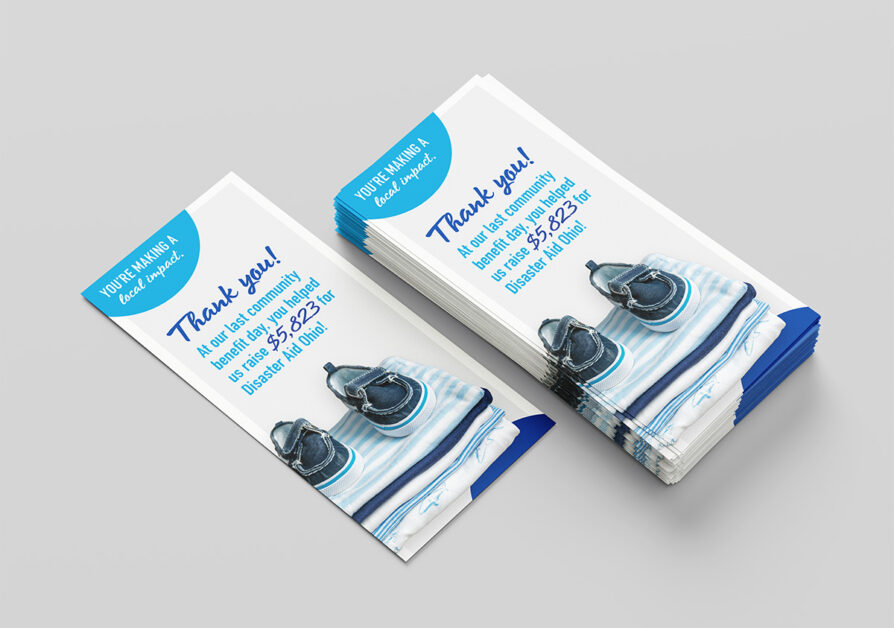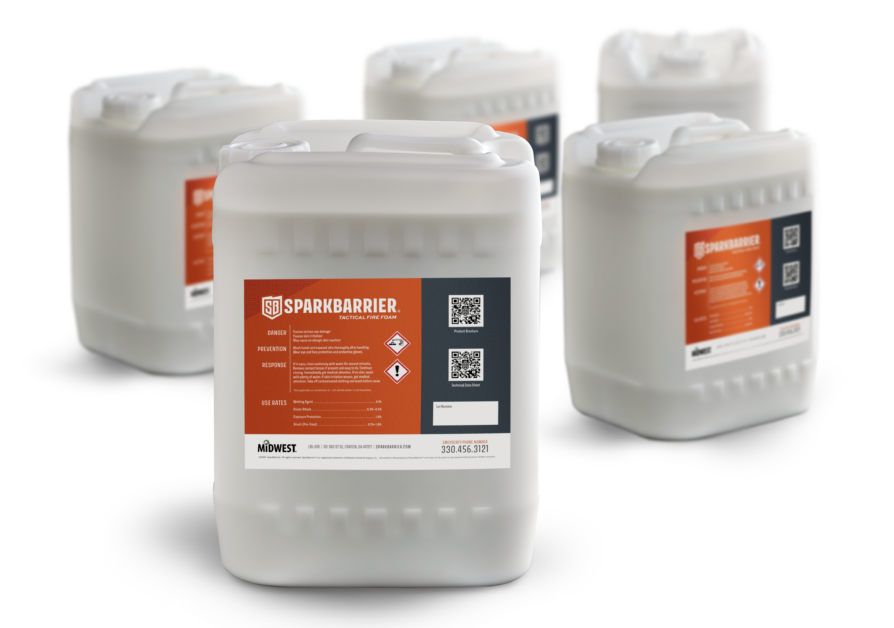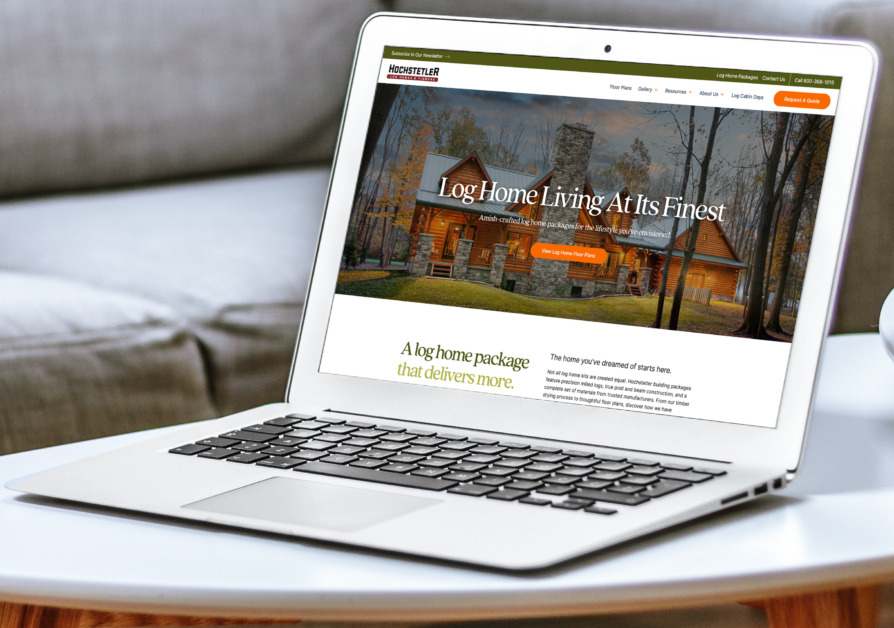Ideas worth sharing.
Recent wins, project insights & the way we think.

Helping a complex brand feel effortless

Building trust by talking shop

A good logo is built, not bought

A brand story with local impact

Photography that puts people first

When branding becomes a tactical advantage

Don’t mistake output for insight

A digital experience as well-built as the homes it represents